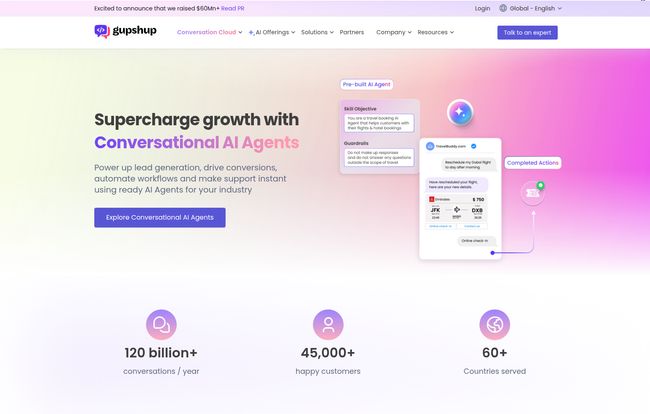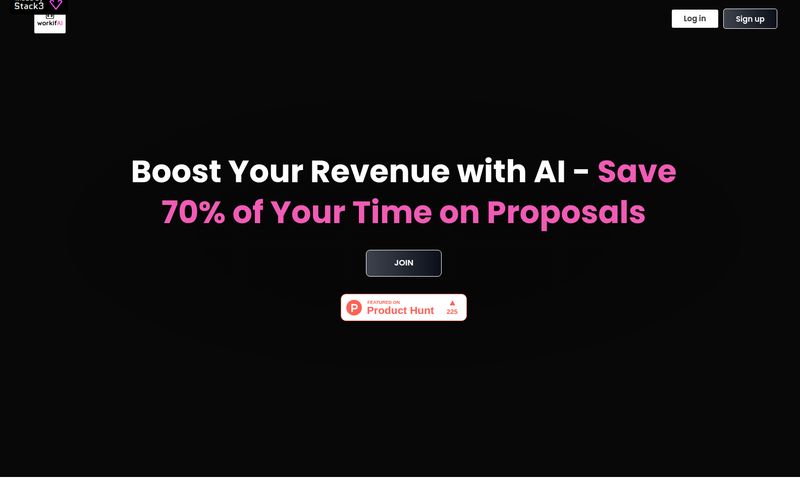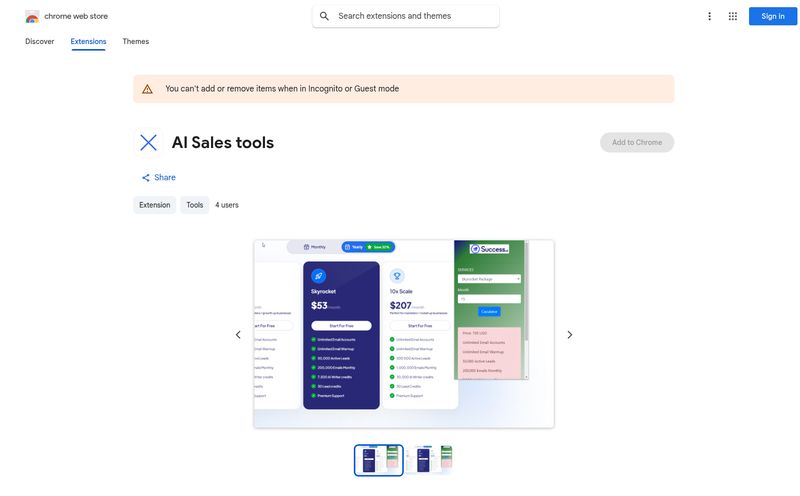Customer communication is a beautiful, chaotic mess. We've got emails, DMs sliding in on Instagram, WhatsApp pings, the classic SMS, and maybe even a carrier pigeon if your brand is quirky enough. For years, businesses have tried to wrangle this beast, and for a while, the answer was... chatbots. You know the ones. The clunky, scripted bots that feel like talking to a slightly-too-enthusiastic wall. "I'm sorry, I didn't understand that. Please choose from the following options." Ugh.
I've been in the digital marketing and SEO world for a long time, and I've seen countless platforms promise to revolutionize customer engagement. Most are just a new coat of paint on the same old model. But every so often, something comes along that makes you sit up a little straighter. Recently, that something for me has been Gupshup. It's a name I've seen pop up more and more, especially after they were named a Major Player by Gartner. So, I decided to take a look under the hood.
So, What Exactly Is Gupshup?
On the surface, Gupshup calls itself a "conversational engagement platform." But that's a bit like calling a spaceship a "flying vehicle." It's technically true, but misses the point entirely. From what I've gathered, Gupshup isn't just about letting you talk to customers on different channels. It’s about building an intelligent, automated communication engine that spans the entire customer lifecycle—from the first ad they see to the post-purchase support they need.
Think of it less as a tool and more as a new member of your team. An AI member that can handle marketing conversations, close sales, and solve support tickets, all at the same time, across more than 30 channels. It’s a bold claim, and frankly, I was skeptical.
The Big Idea: This Isn't Your Grandpa's Chatbot
Here’s the thing that really caught my eye. On their site, there’s a line that says, "Go beyond LLMs and chatbots." That's a direct shot across the bow of 90% of the market. While everyone else is scrambling to build a better ChatGPT wrapper, Gupshup is talking about something they call "Agentic AI."
What does that even mean? In my interpretation, it’s about moving from passive conversation to active problem-solving. A standard chatbot can answer a question if it has a script. An Agentic AI, in theory, can understand intent, access different systems (like your CRM or inventory), make a decision, and then act on it. It’s the difference between a librarian who can point you to the right aisle and one who can read your mind, find the book, check it out for you, and recommend five others you’ll love. That’s the promise, anyway.
Breaking Down Gupshup's Core Capabilities
A platform is only as good as its features, right? Gupshup seems to have a whole toolbox designed to build out this "Agentic AI" vision. It looks a bit overwhelming at first, but it boils down to a few key areas.
The Rise of AI Agents for Every Occasion
Gupshup splits its AI agents into three main buckets, which makes a lot of sense:
- Marketing Agents: These aren't just for blasting coupons. Imagine an AI that initiates a conversation on WhatsApp after someone abandons their cart, not with a generic "You forgot something!" but with, "Hey, saw you were looking at teh blue sneakers. We just got a new style in that might be perfect for you. Want to see?" It's proactive and personal.
- Commerce Agents: This is about turning conversations into conversions. Guiding a user through a purchase directly within a chat, helping them find the right product, and processing the transaction without ever making them visit a webpage. It's about removing friction.
- Support Agents: This is where it gets really interesting. Instead of just answering FAQs, these agents can handle complex queries like "Where is my order?" by actually integrating with the shipping provider's API, pulling the tracking data, and giving a real-time update. They can process returns, book appointments, and escalate to a human agent with full context if needed.
Omnichannel Is the Only Channel
I can't stress this enough. If you’re making your customers switch apps to talk to you, you’re losing. Gupshup’s biggest flex is its support for over 30 channels, including the big ones like WhatsApp, Instagram, SMS, RCS, and Voice. This is huge. It means you can build one conversational flow and deploy it everywhere, meeting your customers on their preferred turf. No more disjointed experiences. It’s a single, unified conversation that follows the customer, not the other way around.

Visit Gupshup
Who Is This Platform Really Built For?
Let's be clear, this probably isn't the tool for a solo entrepreneur running a small Etsy shop. When you see logos like AkzoNobel, Papa John's, and Kotak Bank on the homepage, it sends a strong signal. This is an enterprise-grade solution built for businesses with scale, complexity, and a certain level of technical maturity.
They cater to a wide range of industries—from retail and e-commerce to healthcare and finance. The common thread is a high volume of customer interactions and a need to automate them intelligently without sacrificing quality. If your support team is drowning in tickets or your marketing team is struggling to personalize outreach at scale, you're the person Gupshup wants to talk to.
The Good, The Bad, and The Complicated
No platform is perfect, and from my analysis, Gupshup is no exception. It’s a powerhouse, but it comes with its own set of considerations.
On one hand, the sheer breadth of the platform is its greatest strength. The AI-powered tools, the vast number of integrations, and the omnichannel approach are genuinely impressive. It’s a comprehensive system for businesses that are serious about conversational engagement. I also have to give them credit for their focus on enterprise-grade security; when you're handling this much customer data, that is non-negotiable.
However, that same breadth can be a double-edged sword. For a new user, the number of features could be paralyzing. And let's be honest, building and deploying truly complex, agentic AI conversations isn't something you do with a drag-and-drop interface over a weekend. It likely requires technical expertise, maybe even a developer or two, to really get the most out of it. This isn't a simple plug-and-play solution.
Let's Talk Money: The Gupshup Pricing Mystery
So, naturally, the next thing I did was click on their pricing page. I wanted to see what an investment in this kind of tech looks like. And... I hit a 404 page. "Sorry, we couldn't find this page."
My first reaction was a bit of a chuckle. But my second reaction, as a seasoned industry watcher, was, "Ah, of course." The lack of a public pricing page is the biggest tell-tale sign of an enterprise sales model. It means there's no "one size fits all" price. Pricing is likely custom-quoted based on your volume of messages, the number of agents you need, the complexity of your integrations and the specific channels you want to use. While I appreciate the transparency of a clear pricing table, for a platform this complex, a custom quote makes sense. But for smaller businesses looking to just get a ballpark figure, it's definitely a barrier.
Final Thoughts: Is Gupshup the Real Deal?
After digging in, my verdict is this: Gupshup is an incredibly powerful, forward-thinking platform. It's not just riding the AI wave; it's trying to define where the wave is going with its focus on Agentic AI. For a large organization that has the resources and the strategic vision to invest in next-generation customer engagement, Gupshup seems like a top-tier contender.
It's not for the faint of heart, or for those looking for a quick, cheap fix. It's an infrastructure investment. But in a world where customer experience is the last true differentiator, investing in a platform that can have intelligent, automated, and personalized conversations with your customers 24/7 might just be the smartest move you can make.
Frequently Asked Questions about Gupshup
- What is Gupshup primarily used for?
- Gupshup is used by businesses to automate and personalize customer conversations across marketing, sales, and support. It's an omnichannel platform for building intelligent AI agents that can interact with customers on over 30 channels like WhatsApp, Instagram, and SMS.
- Is Gupshup suitable for a small business?
- Based on its feature set, client list, and lack of public pricing, Gupshup appears to be primarily aimed at medium-to-large enterprises. A small business might find it too complex and costly for their needs, though it's always best to contact them directly.
- What makes Gupshup different from a regular chatbot builder?
- The key difference is its focus on "Agentic AI." While most chatbots follow simple scripts, Gupshup's AI agents are designed to understand intent, connect to other business systems (like a CRM), and take action autonomously, making for a more dynamic and useful conversation.
- How many messaging channels does Gupshup support?
- Gupshup supports over 30 messaging and voice channels, allowing businesses to maintain a single, consistent conversation with customers across all their preferred platforms.
- Does Gupshup use technologies like GPT?
- Yes, the platform leverages Large Language Models (LLMs) like GPT as part of its AI engine. However, their messaging emphasizes going "beyond" standard LLMs by adding a layer of agentic, action-oriented capabilities to their models.
Conclusion
The conversation around customer service is changing. It's no longer about just being available; it's about being intelligent, proactive, and personal. Platforms like Gupshup are at the forefront of this shift. While it may not be the right fit for everyone, its ambitious vision for Agentic AI and its powerful omnichannel capabilities make it a platform that anyone serious about customer experience should be watching very closely. The era of the dumb chatbot is over. The era of the AI agent has begun.
Reference and Sources
- Gupshup Official Website
- Gartner Recognizes Gupshup in 2023 Magic Quadrant™ for Enterprise Conversational AI Platforms



